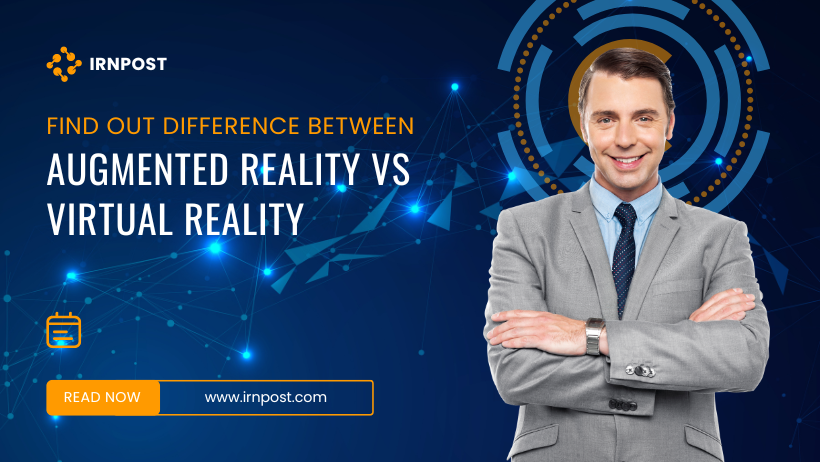Technology
A Comprehensive Look at AR and VR Technology

Blog Introduction: In recent years, there has been a lot of excitement surrounding the potential of both augmented reality (AR) and virtual reality (VR) technology. But what exactly is the difference between these two cutting-edge technologies? And what potential applications do they have in our lives? Let’s take a closer look.
Augmented Reality vs Virtual Reality: What’s the Difference?
The key difference between augmented reality and virtual reality is that augmented reality superimposes computer-generated images on top of the real world, while virtual reality completely replaces the real world with a computer-generated world.
In other words, with AR you are still aware of and can interact with your physical surroundings, while with VR you are transported to an entirely different environment.
Applications of AR and VR Technology
There are a number of potential applications for both AR and VR technology. Some of the most promising applications for AR include:
Enhancing educational experiences by superimposing digital information onto real-world objects in educational settings. For example, history students could use AR to see what ancient buildings or artifacts looked like in their original contexts.
Helping medical students to learn about human anatomy by allowing them to view digital representations of human bodies layered over real patients.
Allowing mechanics to see digital representations of car parts superimposed over the actual car parts they are working on, making it easier to identify problems and make repairs.
Helping architects and construction workers to visualize how a completed building will look by overlaying digital images of the finished product onto the construction site.
Helping people to find their way around large buildings or outdoor spaces by providing directional information superimposed over their real-time surroundings.
Enabling people to try on clothes virtually before making a purchase, providing them with information about fit, sizing, and style options.
Some potential applications for VR technology include:
Providing immersive training experiences for people who need to learn how to perform tasks in dangerous or difficult environments without putting them in actual danger (e.g., soldiers learning how to defuse bombs or firefighters learning how to rescue people from burning buildings).
Allowing people with disabilities to explore new environments or participate in activities they might otherwise be unable to enjoy (e.g., going scuba diving or rock climbing).
Giving people suffering from anxiety disorders or phobias gradual exposure to their triggers in a controlled environment so that they can learn how to manage their reactions (e.g., someone who is afraid of flying can slowly become accustomed to being on an airplane by starting with a virtual reality simulation of takeoff).
Science Behind Augmented Reality
AR technology relies on a number of core scientific and technological principles, including computer vision, graphics, human-computer interaction and sensors.
Computer vision is the science and technology of making machines that see. It enables a computer to interpret an image, find objects within it and track their movements. This is essential for AR applications, which need to be able to track the real world in order to overlay digital content on top of it.
Graphics is the technology of creating and displaying images on a screen, whether it is a computer monitor, television or smartphone. This is what allows AR applications to generate realistic 3D images that look like they are part of the real world.
Human-computer interaction is the study of how people interact with computers and how to design user interfaces that are easy to use. This is important for AR applications as they need to be able to provide a natural and intuitive way for users to interact with the digital content that is being overlaid on the real world.
Sensors are devices that measure physical quantities such as light, sound, temperature or movement. They are essential for AR applications as they are used to track the user’s movements and the environment around them.
The science behind augmented reality is complex, but the technology has the potential to revolutionize the way we interact with the world.
Conclusion:
Both augmented reality and virtual reality have a number of potential applications that could potentially improve our lives in various ways. While further research is needed to fully unlock the potential of these technologies, there is no doubt that they have tremendous potential and we are only just beginning to scratch the surface of what they are capable of.













